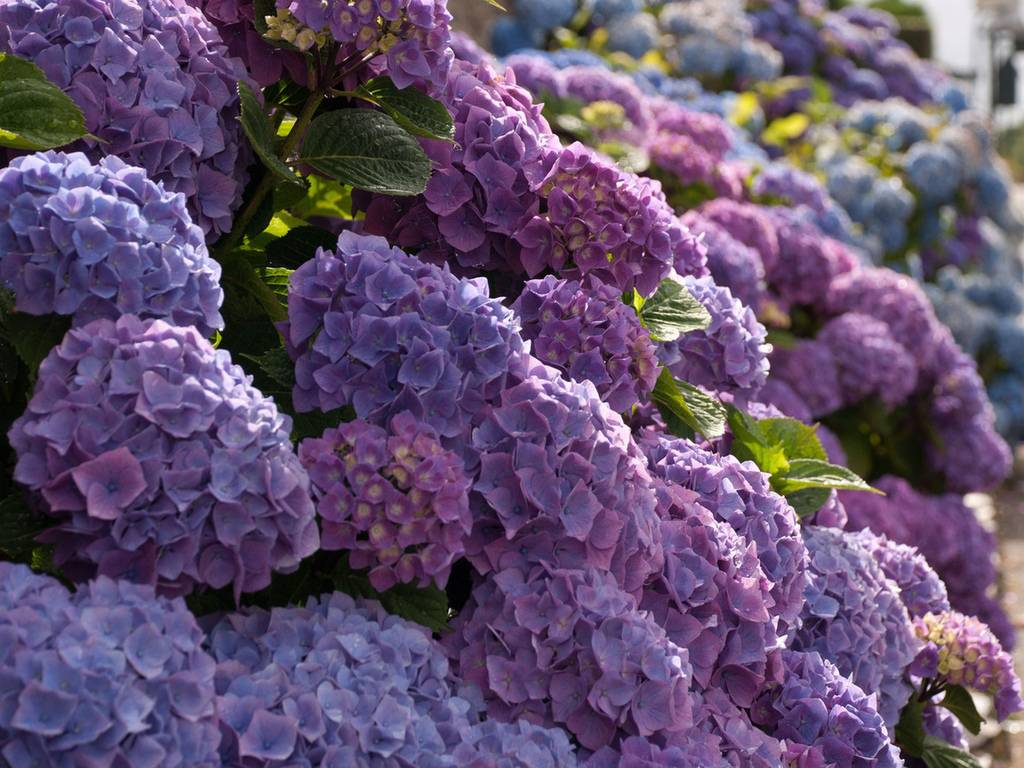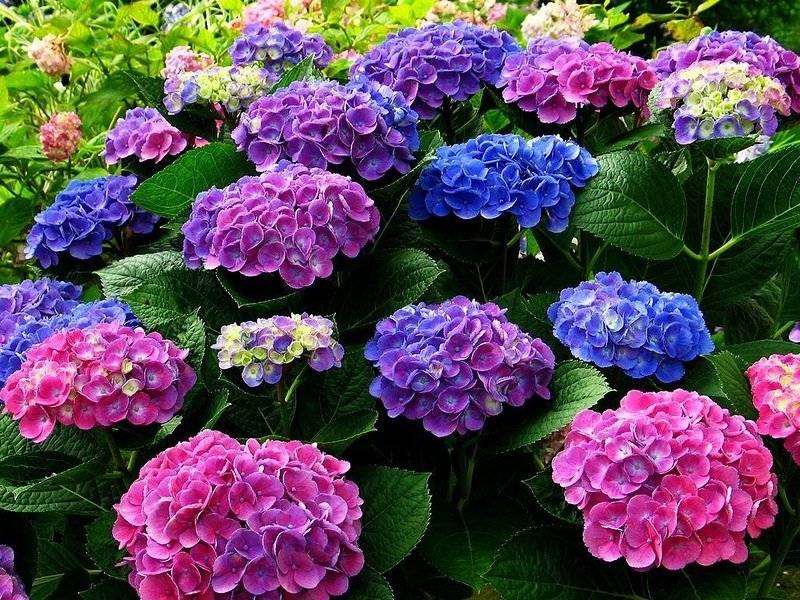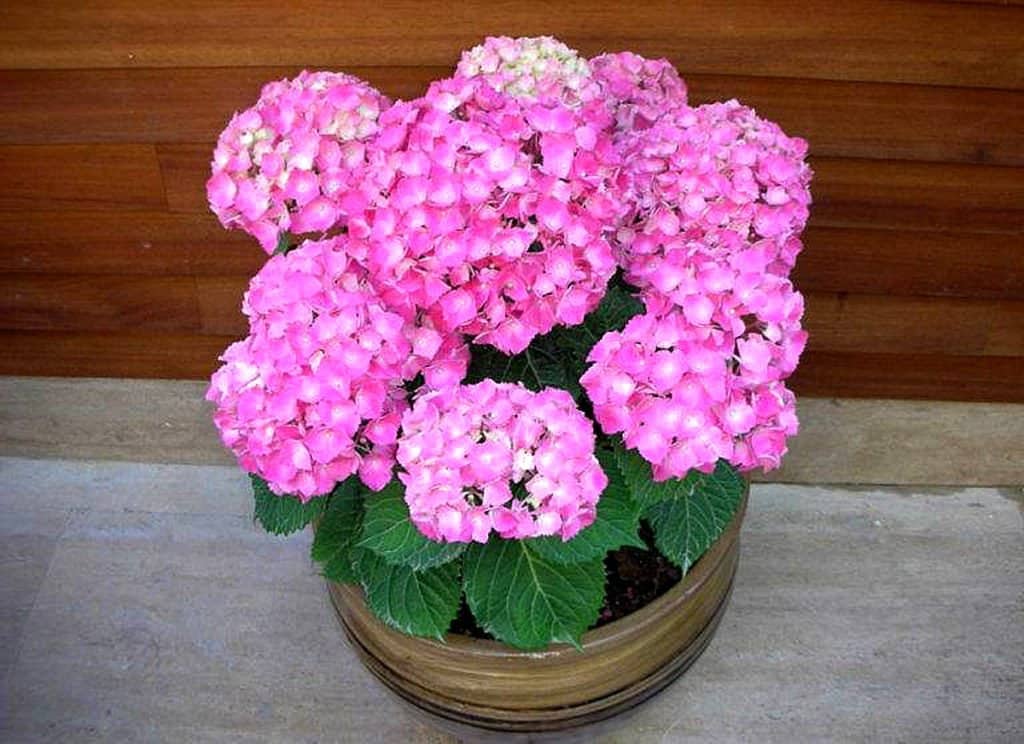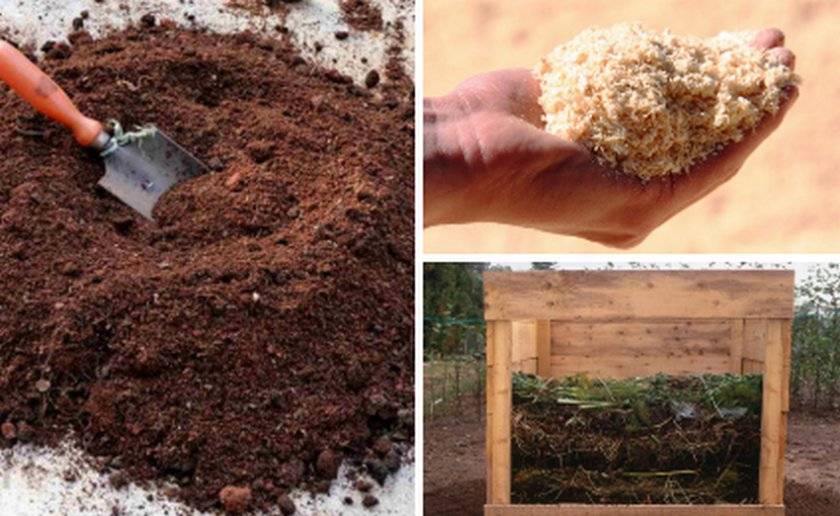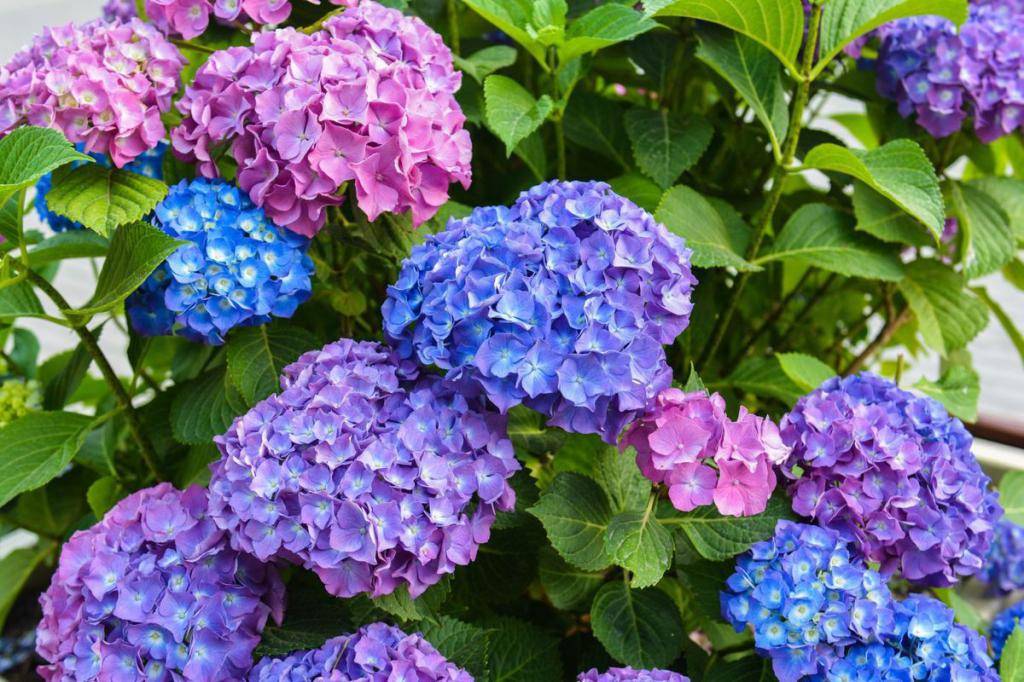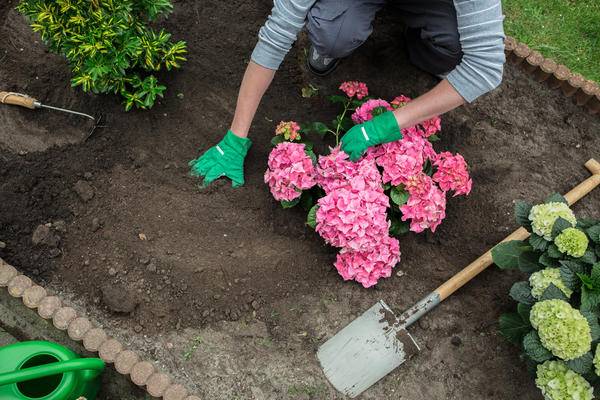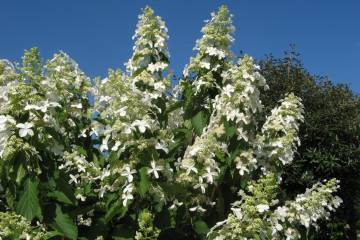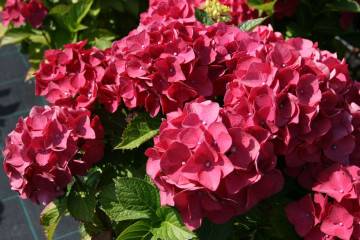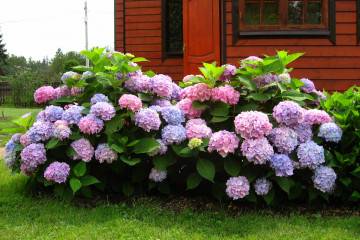What kind of soil does hydrangea like indoor and garden
Content:
Hydrangea is an unusual shrub that can give a garden plot a beautiful look. Combining this plant with others, choosing an interesting variety and colors, you can create a unique landscape object. Hydrangea is grown not only in the open field, but also at home. The main thing is to choose the right soil composition and create favorable conditions.
What kind of soil does hydrangea like: the main indicators of the soil
The soil for hydrangea should be loose, breathable and fertile. There should be no prolonged stagnation of melt water. After each watering, the soil under the bushes should be loosened. Depending on the variety, you need to select a soil of appropriate acidity: weak, medium, but not more than pH 5.5.
Depending on the level of acidity, the color of the inflorescences also changes, for example:
- at pH 4, the flowers take on a purple hue;
- turn blue at pH 4.5;
- at pH 4.8-5.5, they are pink and blue;
- at pH 6.3-6.5 turn into saturated pink;
- at pH 7 become light or bright pink.
Lightweight and breathable
The soil for hydrangea should be loose, porous. It is recommended to dig up the soil in place before planting. The soil is then saturated with oxygen, and air will easily flow to the roots of the plant.
The soil for the hydrangea must be constantly loosened. This contributes to better breathability, moisture retention, and also gets rid of weeds.
Humidity
The soil for garden hydrangea should be constantly moistened, since all varieties of this shrub are very moisture-loving. Do not allow the soil to dry out, the plant may weaken or even die.
Nutritional value
What kind of soil is needed for hydrangea? Fertile and nutritious, of course. Experienced gardeners constantly feed the plant with mineral fertilizers during the growing season.
How to prepare the soil for hydrangea: soil composition and proportions
The soil for hydrangea must be compiled in certain proportions, otherwise the plant will not grow, give inflorescences. A soil with a high humus content is not suitable for such a culture.
For garden
What kind of soil for hydrangea should be prepared so that it feels comfortable? The shrub loves soil with a certain acidity, about 5.0-5.5. When preparing the planting soil, peat crumb should be added to it.
Before planting a shrub, you need to dig up the ground for it and apply the required amount of fertilizer. It is advisable to add organic substances and minerals. A thick drainage layer of expanded clay or large stone is laid out on the bottom of the landing hole.The next layer is a mixture of turf, black soil, peat chips, humus from leaves and coarse sand. All ingredients are added in the same amount. The resulting mixture is spread over the drainage and watered well, and then left to settle for a couple of days.
Before planting, it is recommended to measure the acid composition of the soil and, if necessary, apply the necessary fertilizers.
For home
How to prepare the soil for planting hydrangeas? First you need to decide whether to prepare the composition yourself or purchase a ready-made one in a specialized store. For self-preparation of soil for indoor hydrangea, you should take 3 parts of sod land and the same amount of leaf, 2 parts of sand, 1 part of peat.
Sterilizing soil for hydrangea in a pot
Before transplanting a large-leaved home hydrangea, you should decide on the choice of capacity. It is better to take a pot wide, but shallow.
Drainage is poured into the bottom of the pot by 1-2 cm, and then the earth. It should be distributed on the sides, forming a fossa. Next, you should carefully place the seedling in the center of the hole and sprinkle it with earth. It is not worth it to be too subtle. Having planted a flower, it should be sprayed with a spray bottle, and water should be started the next day.
Preparing the soil for planting in the garden
When preparing a place for planting, you involuntarily wonder what kind of soil does panicle hydrangea like? Acidic soil is one of the main and most important criteria when choosing a site.
Planting pit
First, you need to dig up the area where the planting will be carried out, then dig a hole no more than 40 cm deep. A drainage layer is laid at the bottom, which is covered with nutritious soil. If desired, you can add a little complex mineral fertilizer. This nutritional composition of hydrangea will last for a whole year.
Before lowering the seedling into the hole, its roots must be carefully examined for fungal diseases. If there is soil on the seedling, in no case should it be shaken off. After inspection, the plant is lowered into a hole, the roots are gently straightened and covered with earth. Hydrangea is watered abundantly, and at the base the soil is mulched with compost or peat.
Peat for mulching
Which peat is better for hydrangea? There are many ways to mulch the land under the bush, but the peat option is the most beneficial. It will help maintain moisture for a long time and relieve you of frequent irrigation. Peat mulch can change the acidity of the soil, making the hydrangea flowers turn blue. But alkaline mulch can change color to pink. Auburn peat is often mixed with compost for added nutrition.
What to do to avoid soil problems
This shrub is considered one of the most beautiful flowering plants that have taken root in the Middle Lane. He prefers a certain soil composition and a lot of nutrients, so certain conditions must be adhered to to obtain abundant flowering.
Top dressing
You need to feed the shrub regularly. The only exception is the first year after planting. The plant especially needs support after flowering.
In the summer, paniculate and tree-like hydrangeas are fed with mixtures of the same composition. If you skip this period, the buds will be small and will not last long on the stem. In a weakened plant, the sun's rays quickly burn all the inflorescences. Complex mineral fertilizers are used for feeding.
In early spring, after the first pruning, the plant needs support. To do this, the land under the bush must be fertilized with nitrogen-containing fertilizers: urea, ammonium nitrate, an aqueous solution of chicken manure, mullein, nettle infusion.
Loosening the earth around the bush
It is recommended to loosen the soil under the bush after each watering. This will allow more oxygen to flow to the roots. They are loosened to a depth of 5-6 cm. For long-term preservation of moisture, the bush is mulched with sawdust or peat. It is poured in the spring and left for the entire summer period.
Competent watering
The plant is very moisture-loving, so it needs regular watering. Depending on the temperature, on average, hydrangea is watered once a week, up to 20 liters per bush. Water is diluted with potassium permanganate to enhance the strength of the shoots.
The most popular and unpretentious are treelike and panicle hydrangeas. The main thing is to plant the shrubs correctly, to prune on time, water and fertilize. In the middle lane, they winter well without additional shelter.
